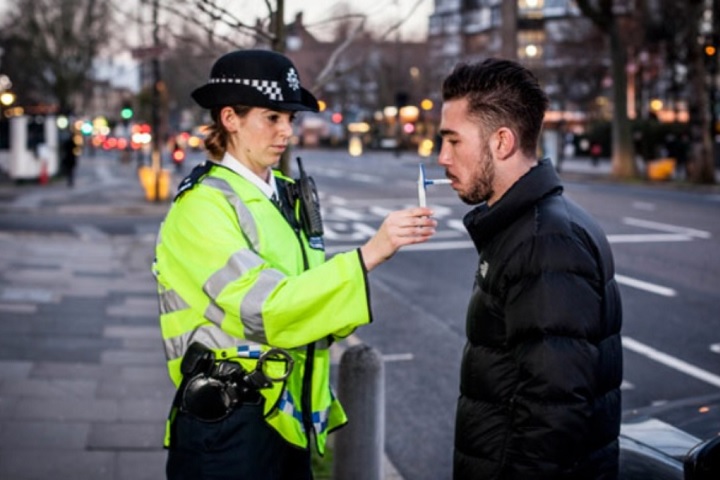
Getting behind the wheel under the influence of alcohol or drugs ‘is the worst lottery you will ever enter’.
That’s the message from Northamptonshire Police at the launch of its annual festive drink and drug driving campaign.
The period between now and the end of the year is renowned for socialising, meaning the risk of driving while under the influence – including the morning after – is perhaps at its greatest.
With this in mind, Northamptonshire Police is increasing patrols, proactive drink/drug operations, and roadside checks.
Activities will be held at different times, including early morning operations, when people may not realise that they are still over the limit and their driving impaired.
Drivers charged with drink or drug driving will once again be publicly named on the Northamptonshire Police website and social media.
Supt Jen Helm, chair of the Northamptonshire Safer Roads Alliance, said: “Last year was incredibly difficult for everyone because of the Covid-19 restrictions in place, and so we all want to enjoy this year’s festivities with family and friends – possibly even more than in other years.
“It is not our intention to stop people from having fun, our intention is to try and ensure no one gets that terrible knock on the door to tell them someone they love is not coming home.
“While most of us know how dangerous it is to take the risk of driving under the influence and though we share this message every year, I guarantee there’ll be some who still choose to ignore it. Please don’t be one of these drivers.”
The operation in Northamptonshire is one of many being conducted by police forces across the UK, under the guidance of the National Police Chiefs’ Council.
In Warwickshire, police will be proactively targeting suspected drink and drug drivers and raising awareness of the serious penalties they could face.
Drink and drug drivers may also find their arrest featured online as Warwickshire Police will be publicising anonymised details on social media throughout the campaign.
As part of the enforcement activities, officers are also encouraging the public to report the details of suspected drink or drug drivers over the Christmas period.
Sgt Shaun Bridle, Warwickshire Police, said: “If you drive at twice the legal alcohol limit you are at least 30 times more likely to cause a road crash than a driver who hasn’t been drinking.
“Any amount of alcohol affects your ability to drive. There is no fool proof way of drinking and staying under the limit or of knowing how much an individual person can drink and still drive safely, so the best advice is – don’t drink if you are going to drive.
“Taking drugs will also impair driving skills. Driving whilst under the influence of drugs is extremely dangerous and can affect driving in numerous ways.
“Drug drivers can suffer from slower reaction times, erratic and aggressive behaviour, an inability to concentrate properly, nausea, hallucinations, panic attacks, paranoia, tremors or ‘the shakes’, dizziness and fatigue.
“Eleven prescribed drugs are potentially illegal for driving and dangerous for working so please speak to your pharmacist to check you are safe to drive and if in doubt do not drive. This is your responsibility to check.”
It is a pity that an equal amount of time should be spent on drunken pedestrians. In Northern Ireland statistics indicate that on average one third of pedestrians killed on the roads are intoxicated – av. 232 ml per 100 ml. In countries like Poland, half of the pedestrians involved in KSIs are drunk. According to “some”, discussing drunken pedestrians is “awkward”. But hitting a drunken pedestrian – lying in the middle of the road is tragic – yet for some reason it seems to be a big secret.
Why?
Elaine Hardy, Belfast
0